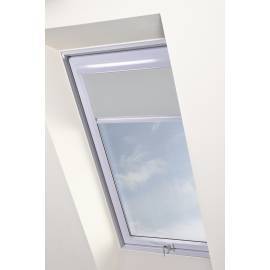Window blinds are a synonym of comfort. They add the most welcomed shade during summer, keep your life private from the prying eyes of your nosey neighbours and they add a homey feeling to your own space. There are countless benefits that make the blinds so popular throughout so many years.
Thanks to their popularity, you can have them in any shape, colour or model. The options are basically limitless and the final look depends on your aesthetic and needs. Thanks to the broad market offer, you can have anything you dream of without spending a small fortune!
Before measuring up, decide if you want to have outside or inside blinds. It’s a really crucial part, and it strongly depends on your lifestyle needs. Outside blinds keep you safe from prying eyes as well as block your possessions from the burglars. Your windows are protected against any weather conditions. Inside blinds are mostly responsible for creating some extra shadow and providing privacy for you.
Table of Contents
Measuring for outside window blinds
Start with measuring the distance from the outermost points you want the blinds to cover. For the best results, we would recommend adding at least 3” on the entire width to overlap the whole opening. That will give you an extra 1,5” on each side.
When you are done with the width, take a look at the height. Measure the distance from the window sill to the point where the top of the blind will be located. Here we would also recommend choosing the extra 1,5” to reduce the risk of the blind not overlapping the window entirely. It’s common that some products require even more added space recommended for mounting hardware. You will have to check if there are any requirements for the model you would like to choose.
Measuring for inside window blinds
It’s a little more complicated, but still very easy! You should measure the width at three points: the top, the bottom and the middle. The narrowest measurement rounded down to the nearest ⅛” is the one that you will need.
Then measure the height on the left, right and at the centre from the top of the window opening to the sill. If you’d like to keep your blind from resting on a sill, decrease a ¼” from the total height. If you have those, measure the window diagonally. If the measurements are quite different, it might be necessary to decide on the outside blinds.
Things to consider
Some windows might require specific fittings. There are different sizes or asymmetrical shapes that won’t measure as easily like traditional shapes. There’s no room to worry about it, though. Contact professionals and ask them for help.
Other products in category: Sunlux
£58.33 tax excl.
